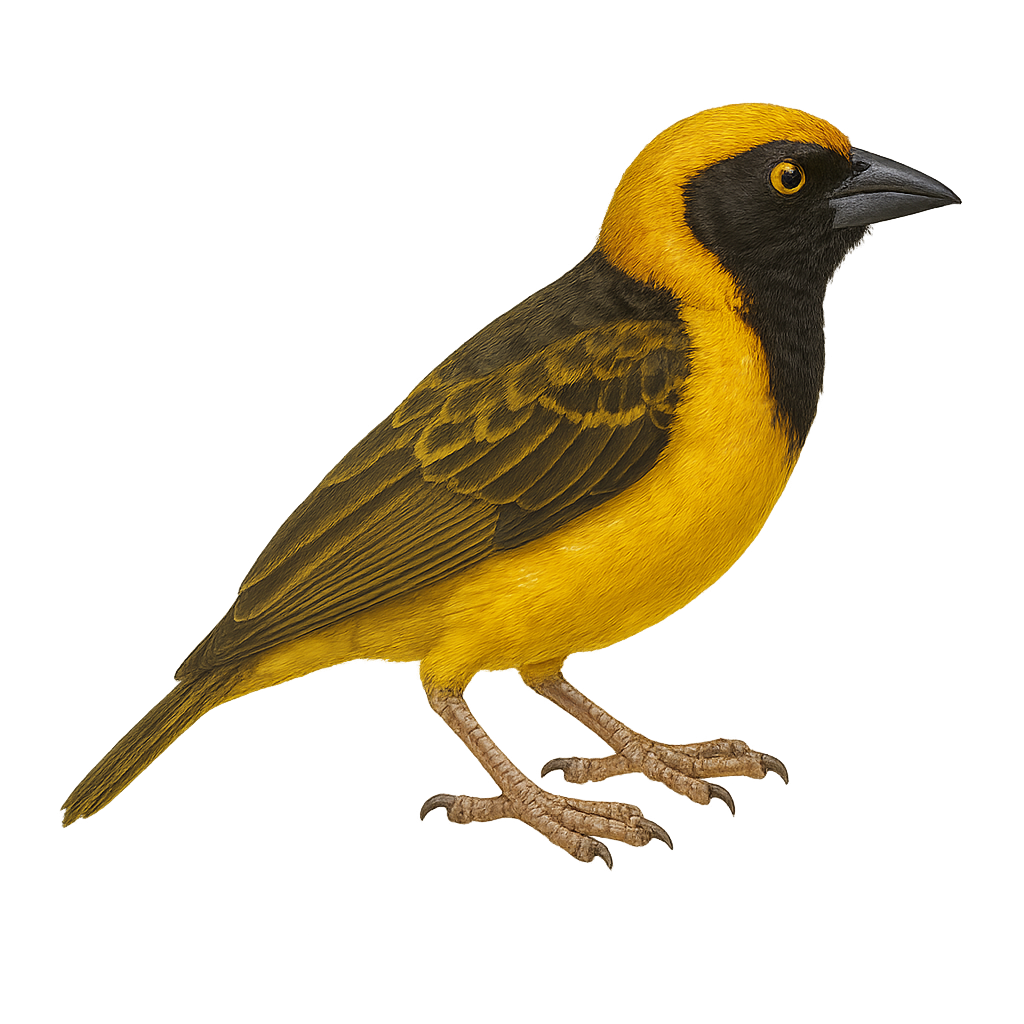Your wildlife photography guide.
Explore the giant weaver in detail, study its behavior, prepare your shots.
Where to observe and photograph the giant weaver in the wild
Learn where and when to spot the giant weaver in the wild, how to identify the species based on distinctive features, and what natural environments it inhabits. The WildlifePhotographer app offers tailored photography tips that reflect the giant weaver’s behavior, helping you capture better wildlife images. Explore the full species profile for key information including description, habitat, active periods, and approach techniques.
Giant Weaver
Scientific name: Ploceus grandis

IUCN Status: Least Concern
Family: PLOCEIDAE
Group: Birds
Sensitivity to human approach: Suspicious
Minimum approach distance: 10 m
Courtship display: March to May
Incubation: 13-15 jours
Hatchings: March to June
Habitat:
Savannas, wooded areas, riparian forests
Activity period :
Primarily active during the day, with peak activity in the morning and late afternoon.
Identification and description:
The Ploceus grandis, or Giant Weaver, is a bird from the Ploceidae family, renowned for its nest-weaving skills. It features bright yellow plumage with brown hues on its wings and tail. Its head is adorned with a distinctive black mask, contrasting with its sturdy, conical beak. This social bird lives in colonies and is often found in the savannas and wooded areas of sub-Saharan Africa. It primarily feeds on seeds, insects, and small fruits. The Giant Weaver is also known for its melodious songs and elaborate courtship displays. Although widespread, it sometimes faces threats from habitat loss.
Recommended lens:
400 mm – adjust based on distance, desired framing (portrait or habitat), and approach conditions.
Photography tips:
To photograph the Giant Weaver, focus on early morning or late afternoon hours when the light is soft and flattering. Use a 400mm or longer telephoto lens to capture precise details without disturbing the bird. Be patient and discreet, approaching slowly to avoid scaring it. Look for angles that highlight its vibrant plumage and social behavior. Nest-building scenes or courtship displays provide particularly interesting photographic opportunities.
The WildlifePhotographer App is coming soon!
Be the first to explore the best nature spots, track rutting seasons, log your observations, and observe more wildlife.
Already 1 450 wildlife lovers subscribed worldwide

